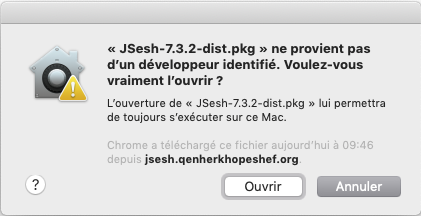

JSesh, contrarily to tksesh, is not primarily a text database. The instructions to run it are click the file Jsesh.jar located in its lib folder. WMF files can be read by almost all word processors. I checked the box to make it executable, in its properties. Metafiles are vector images, which means they are well suited for printing. Among the possible outputs, one must note the WMF (windows metafiles output). It can print a file, or save it in various interesting graphic formats : pdf, jpg, or even as set of html files.


#Jsesh help plus#
JSesh has a number of output capabilities. Translations in context of 'utiliser de la fonte' in French-English from Reverso Context: En plus de l'acier pour la fabrication des fours de sauna, utiliser de la fonte.
#Jsesh help code#
Some manuel de codage features are not available yet through the menus, but you have always the possibility of writing the code directly.

JSesh also allows you to edit hieroglyphic texts, either by typing manuel de codage codes, or by a more intuitive menu system. JSesh will propose a number of extensions. It's a bit old by now, and there are various suggestions to improve it (or replace it). The manuel de codage is a standard which was created in 1984 for describing hieroglyphic texts in ASCII. Macscribe compatibility has not been tested, and is probably not full. JSesh covers most of the Manuel de Codage and can read files coming from a number of other softwares, as Winglyph and Tksesh. As a user, you are probably more interested in JSesh editing and printing capabilities. This font will ultimately be used for the editorial work on the dictionary.You are currently using JSesh, which is both an editor for hieroglyphic texts and a toolset for manipulating hieroglyphic texts in Java. Once completed it will serve as a source for a new digital font meeting all the requierements of the research, no matter which period of the writing is taken into account. This work was never undertaken by egyptology since the decipherment of hieroglyphs by Champollion in 1822. Both are based upon the lexical and palaeographical documentation I collected over the past fourty years, the last being intended to produce a catalogue as exhaustive as possible of all hieroglyphs presently known from publications in photographs or facsimiles. I am currently working on a dictionary of ancient Egyptian, taking on the form of a lexical data base, and on another data base inventorying all the hieroglyphs. However, if one needs to work on hieroglyphic texts as a whole, conspicuously more than 10 000 characters are needed, a goal Unicode certainly do not intend to achieve. Ever wanted to learn about Egyptian hieroglyphs Here’s the book for you - Guardian A refreshingly new approach to the subject beautifully produced and illustrated in a manner that should make it appealing not only to the complete beginner at whom it is aimed, but also to those with a basic knowledge wishing to refresh their skills. No extension is planned in a near future. As to the present time, Unicode validates the most common 1200 characters of the classical period. The Unicode standard for Egyptian hieroglyphs was validated in 2009 after years of debate, though the whole community of egyptologists was not associated to the process.


 0 kommentar(er)
0 kommentar(er)
